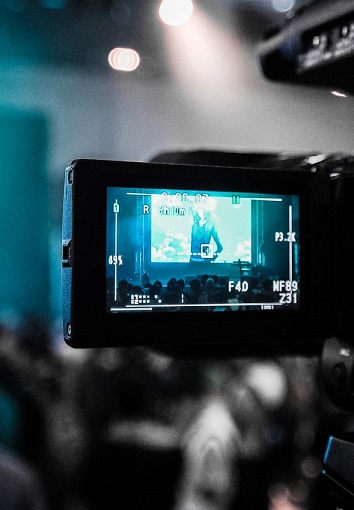Self-tapes are an important skill to master, especially if you are hoping to stand out during pilot season. These tapes have become the norm and are as common as in-person calls. Properly constructed self-tapes equal success and bookings, according to Backstage.
First, you must master ambiance. This means paying particular attention to lighting, audio, and framing. There cannot be any shadows masking your features. Natural light coming in through a window is almost always best. The unnatural version can often cast unexpected shadows that will keep you having to redo the tape over and over again. Nail the lighting first and you’ll save a bunch of time.
Your main objective should be ensuring the casting director can see your face in the frame. And, the frame should be from the chest up, at eye level. Audio-wise, you’ll want to use a microphone that is compatible with your cellphone jack so it can be easily plugged in and produce quality sound. Again, mastering framing and audio the first time will save you the headache of having to re-tape.
You’ll also need to memorize the lines you plan to recite and make sure the audition has depth. Casting directors are not interested in seeing you recite two lines while staring down at a script. Take the time to make sure your submission is actually worth submitting and will stand apart from the rest. A key rule of thumb – if you appear bored and uninterested, the casting director will be, too.
Of course, before you even start taping, you should do your research. Find out who plays what and get a feel for the characters they play. Look up new show announcements and see who’s casting and who’s part of the crew. Understand who the audience will be, and really get to know the characters who will come alive on your tape. Give depth to these characters when you’re portraying them rather than simply reciting lines. Before you begin taping, understand what’s happening in the scene.
Then, practice a bit first. Tape yourself and review – several times if necessary. This way you can ensure all of the details are coming together as planned when you go for the final cut. Study your facial expressions and the way you are delivering the lines as you’re reviewing the practice rounds. What is working? What’s not? How can you make what’s not working work?
Your self-tape really is the key to your success during the pilot season. Nail this and you’ll be well on your way to nailing a role.

